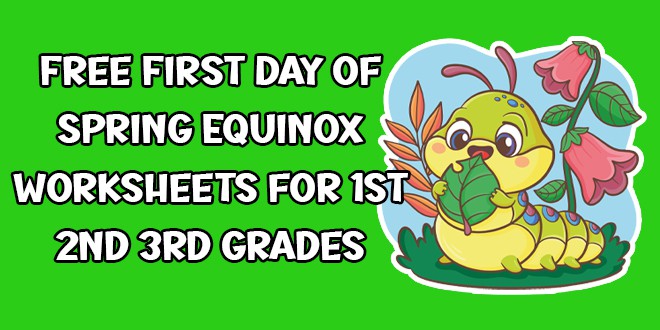Leap Year Reading Comprehension Worksheet Free PDF Download 3rd Grade
This year 2024 is a leap year. Every four years, we get an extra day to add to our calendar: February 29th, known as Leap Day. If you are a 2nd or 3rd-grade teacher looking for Leap Year Reading Comprehension Worksheet Free PDF Download 3rd Grade, you are in the right place.
Leap Day Year 2024 Science Sub Plan or Independent Work Middle School 5th 6th 7
Leap years have been around for thousands of years, with ancient civilizations like the Egyptians and Romans incorporating them into their calendars. The concept of leap years was created to keep the calendar year in sync with the astronomical year, ensuring that the seasons stay in line with our daily lives.
I have crafted this 4 page Pdf worksheet for you to print and go to teach kids about leap year. The worksheet includes a reading comprehension passage about leap year with corresponding comprehension questions. I have crafted a nice frog coloring page, a 4×4 Sudoku puzzle, and a maze.
Find the Leap Year Reading Comprehension Worksheet Free PDF Download 3rd Grade here.


Leap Year Reading Activities
This comprehensive 18-page PDF resource provides a complete solution for substitute teachers, pre-holiday days, district testing days, or teacher catch-up days.
Enhance your science curriculum with these engaging and informative Leap Year Sub Plan 2024 Reading Comprehension Activities, designed specifically for middle school students.
Key Features:
- Print-and-Go Convenience: Easily implement these activities without any prior preparation.
- Engaging Content: Capture students’ attention with captivating passages and interactive activities.
- Reading Comprehension Reinforcement: Strengthen students’ reading comprehension skills through a variety of exercises.
- Comprehensive Coverage: Explore key concepts in cell biology, including cell structure, function, and reproduction.

Students will love creating their own Leap Day Year 2024 Paper wreath, complete with a Leap Day Cute Frog centerpiece.
They can use their creativity to choose their own colors.
The finished wreath is perfect for displaying in your classroom, hallway, or home during Leap Day, or throughout Leap Year 2024.
Here are just a few of the benefits of using this Leap Day Year 2024 wreath paper craft with your students:
- Promotes creativity: This craft is a great way to encourage students to use their creativity. They can choose their colors to create a unique wreath.
- Improves fine motor skills: Cutting, gluing, and coloring are all great ways to improve students’ fine motor skills and scissor skills. This craft provides students with an opportunity to practice these skills in a fun and engaging way.
- Celebrates Leap Day Year 2024 in a fun and festive way: This Leap Day Year 2024 wreath papercraft is a fun and festive way for students to celebrate Leap Day Year 2024 in the classroom.
- Is a low-prep, high-engagement activity: This craft is low-prep and high-engagement, making it perfect for busy teachers.

Fun Facts About Leap Years
Leap Year babies, also known as “leaplings”, are those lucky individuals born on February 29th. They only get to celebrate their actual birthday every four years, making them a rare breed! Some countries even have specific laws or traditions for leaplings, such as allowing them to choose when to celebrate their birthday in non-leap years.
Another interesting fact about Leap Year is that it is considered unlucky in some cultures. In Greece, it is believed that getting married during a Leap Year brings bad luck, while in Scotland, there is an old tradition that states Leap Year is the only time when women can propose to men. So if you’ve been waiting for the right moment to pop the question, Leap Year might be your chance!
For those curious about the science behind Leap Year, the reason why February was chosen to have an extra day lies in ancient Roman tradition. February was originally the last month of the year in the Roman calendar, so it made sense to add the extra day there.
However, when Julius Caesar reformed the calendar and moved January and February to the beginning of the year, February 29th stayed put.
Leap Year also has its own peculiar math quirks. For instance, the year 2000 was a leap year, even though it is divisible by 100 but not by 400. This is because the Gregorian calendar has specific rules to fine-tune the calculations and ensure that the calendar remains accurate over time.
So if you were born in the year 2000, technically, you will have to wait until 2100 for the next Leap Year birthday! Lastly, did you know that Leap Year has an impact on the Olympics as well?
The Summer Olympics are scheduled every four years, but since 1896, they have always taken place in a Leap Year. This tradition ensures that the Olympics remain on a consistent schedule and gives athletes an extra day to shine on the global stage.
You Might Also Like:




Leave a Reply